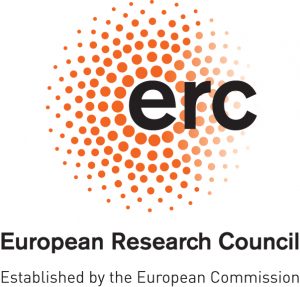European Research Consolidator Grant
Scattering and tapping on soft-hard-open nuts SCATAPNUT

One of the most important evolutionary success stories in plants is the development of seeds encased in maternal tissue, referred to as the seed coat (or testa) 1. The enclosure of the developing embryo affords its protection in many different environments, including harsh conditions from dry to wet, from hot to cold and from short to very long periods. Surprisingly even a 2000 year old date (Phoenix dactylifera L.) seed from excavations Herodian fortress at Masada (Israel) germinated and formed a substantial small plant 2. An evidence that nature has develop seeds with remarkable longevity, whereby some of them have hard outer coverings representing the testa (e.g. Macadamia) or the endocarp (e.g. walnut) 3. Although not botanically correct they are all known as “nuts” and of economic importance due to their beneficial nutrition and health values. Therefore most of the research is on the edible seed parts and seed coats have just begun to be examined from the perspective of molecular genetics and control of development4. Furthermore recently the hardness of the nuts has attracted material scientists 5-7 and the seed dispersal strategies the European Space Agency 8.
Seed dispersal units for biomimetic approaches
Seed dispersal strategies are characterized by robustness, adaptability, intelligence and mass and energy efficiency – all qualities that advanced engineering systems aim at in general, and in particular those that need to enable complex endeavors such as space exploration.8. The great variety of dispersal strategies include seeds with wings and parachutes capable of aerial transport, buoyant ones surfing in the water and the ones relying on animals as transport vehicle 9. Nut-producing species have evolved a number of traits that facilitate dispersal by certain rodents and corvids and exclude other animals that act as parasites. The big nutritious food sources inside attracts and a hard shell outside enhances the probability of being buried in the soil than being cracked and eaten immediately 10. Among the nuts especially macadamia is known to have a shell difficult to crack and mechanical testing confirmed a very hard and tough material11,12. Recently the underlying structures have been revealed by using light and scanning electron microscopy in 2D as well as microCT characterized 13. The chemistry (molecular structure) in context with the microstructure is still missing for Macadamia and in general for other seed coats and shells, although during the last years e.g. Confocal Raman microscopy has evolved as promising method to unravel this information 14.
Objectives and progresses beyond the state of the art
A big challenge in biology and biomimetic research is to understand the design principles and physicochemical mechanism underlying the optimized biological systems as well as their developmental assembly. Thus the objectives of this project are threefold:
1) develop in-situ methods for in-depth characterization of seed dispersal units at the micro-and nano level
2) reveal the heterogeneity and common design principles by including different biological strategies
3) follow in-situ growth, development, maturation and germination of seed coats
This research is conducted under the ERC Project grant 681885.
